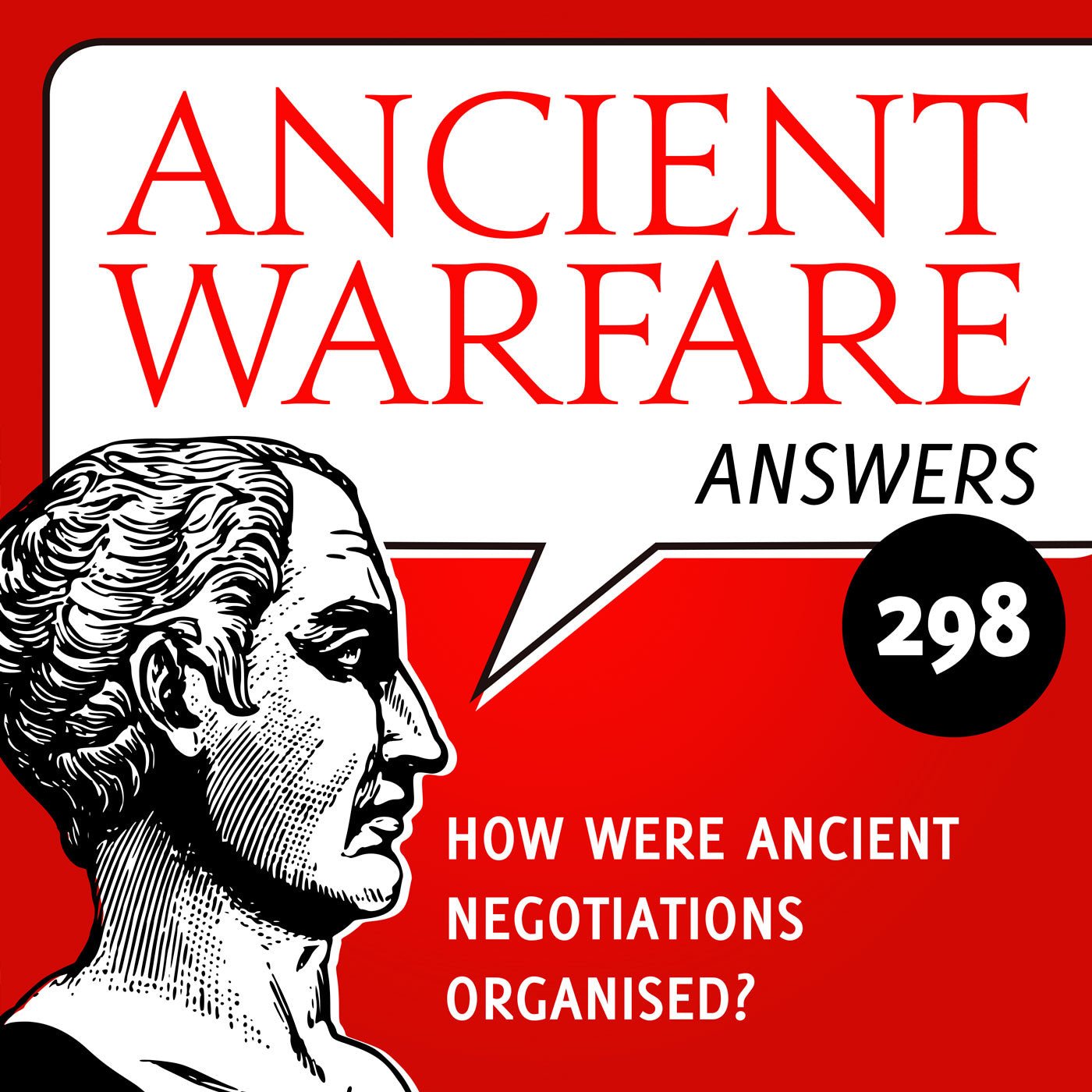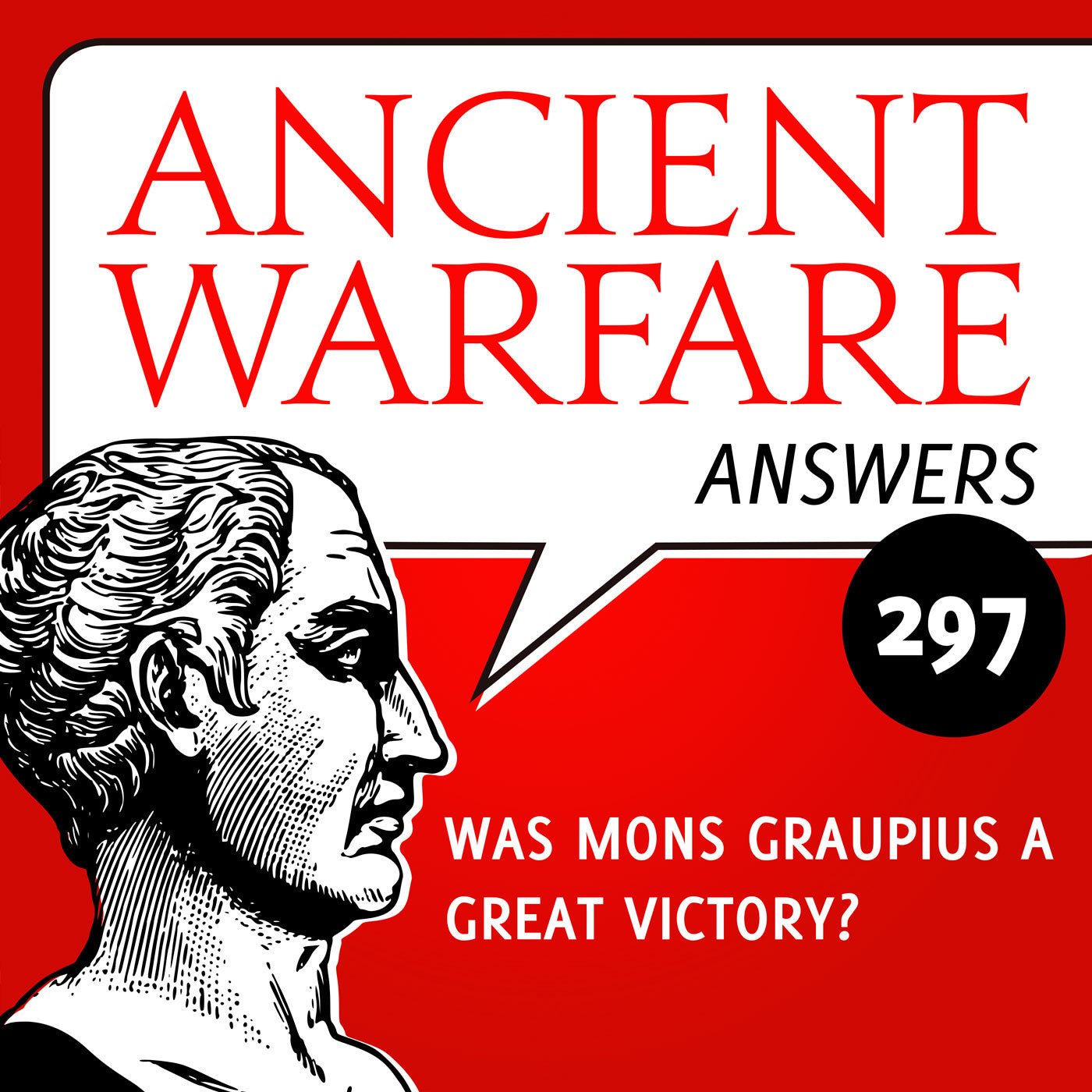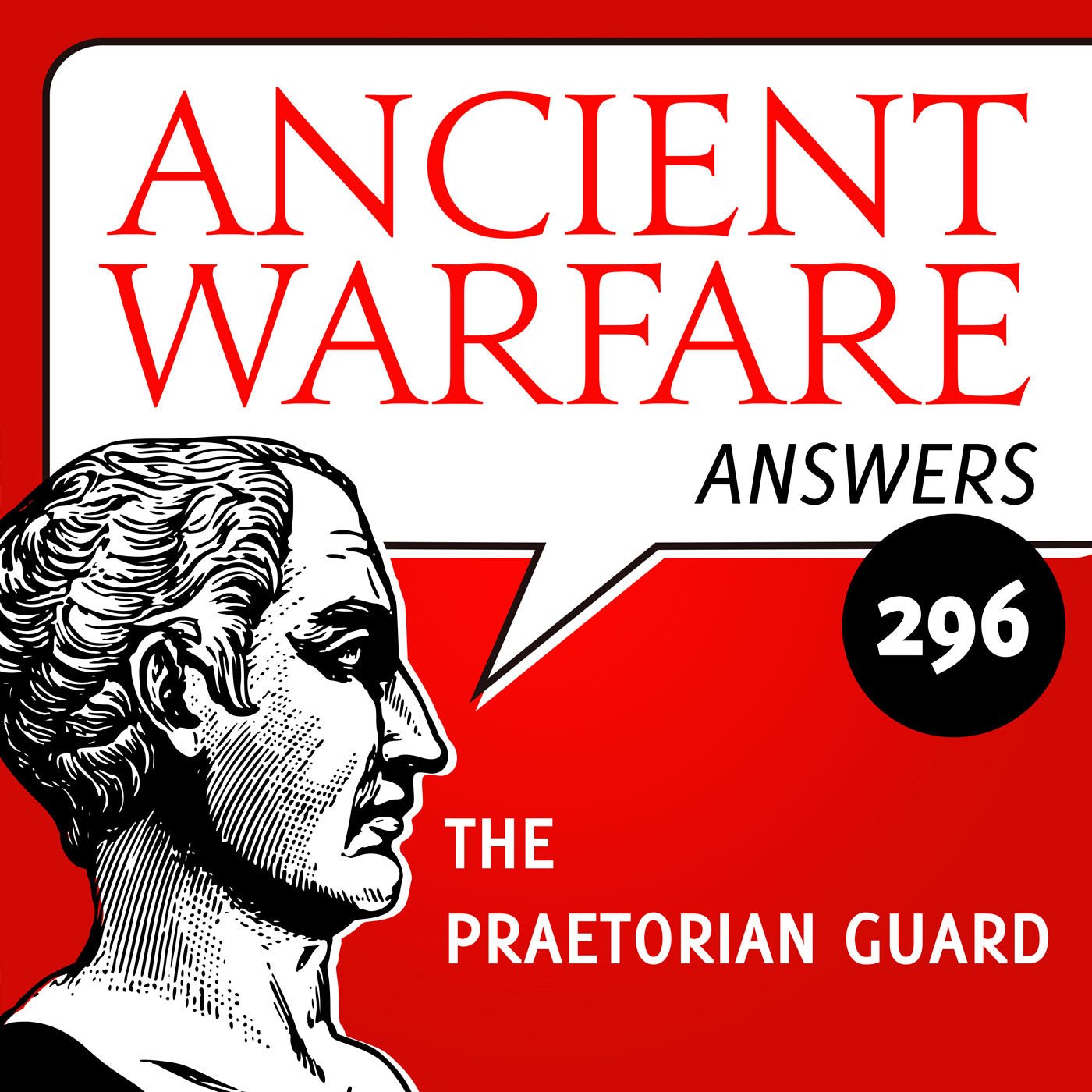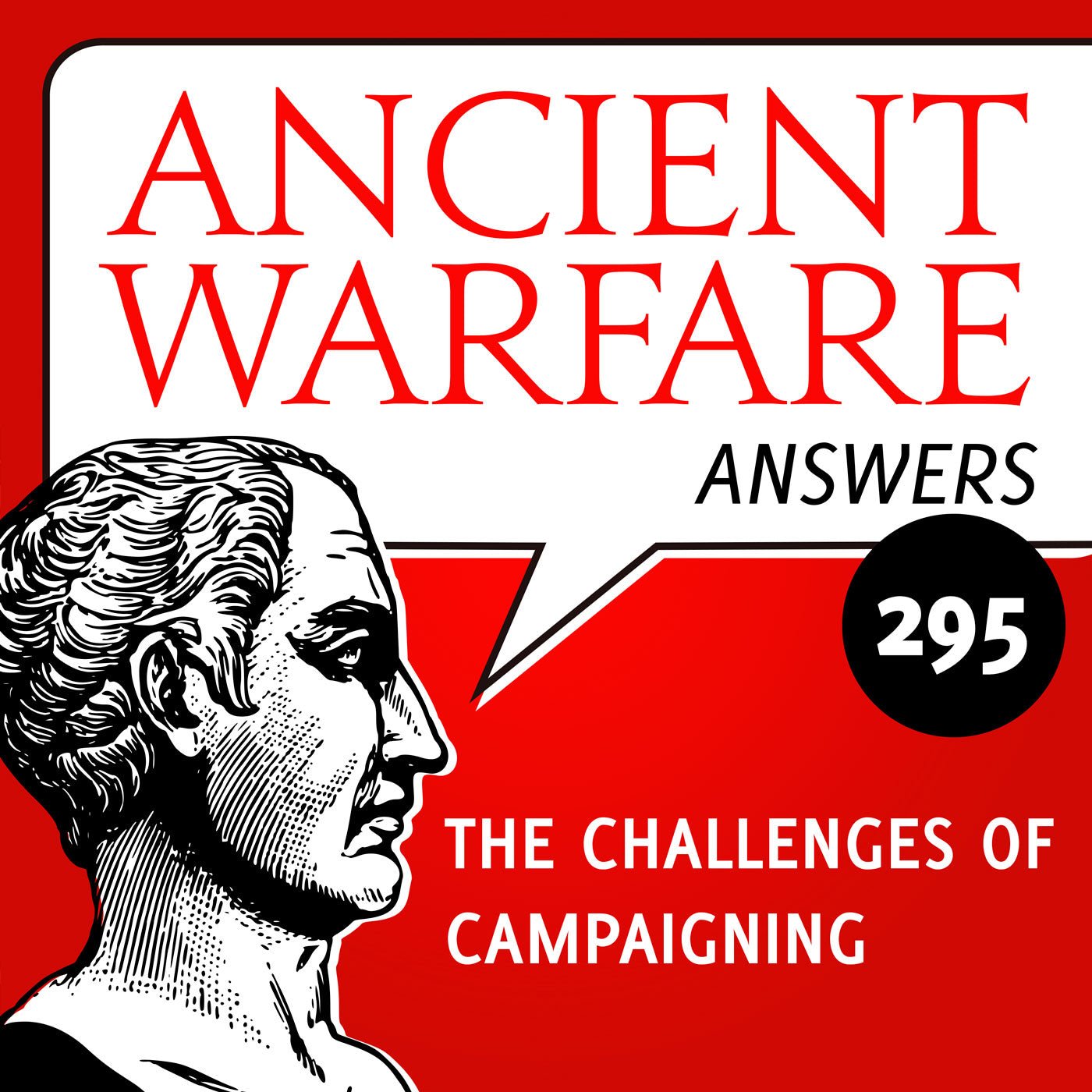The archaeology of ancient warfare (review)
This is a review of the book Ancient Warfare: Archaeological Perspectives, edited by John Carman and Anthony Harding and published in 1999 (the reviewed edition appeared in 2009). As an edited volume, it contains chapters written by a wide variety of different authors. (Obviously, I should note at the outset that the editors had impeccable taste when it came to picking a title – Ancient Warfare – for their work.)
The bulk of the existing secondary literature on ancient warfare is primarily written by ancient historians, so it is refreshing to see a book on the subject written by archaeologists, each skilled in using the material culture of past societies. Most archaeologists that have produced works on ancient warfare tended to focus their efforts largely on an analysis of ancient weapons and armour, with an emphasis on typology: Anthony Snodgrass’s Early Greek Armour and Weapons (1964) is perhaps the classic example, but others include Eero Jarva’s Archaiologia on Archaic Greek Body-Armour (1995) and, more recently, Tim Everson’s Warfare in Ancient Greece (2004).
The great virtue of the book under review is that it shows how archaeological evidence – finds of weapons, fortifications, and so forth – can be combined with insights from, for example, anthropology and evolutionary biology, to produce a much richer picture of warfare in past societies. Specifically, the aim of the book is to examine five central themes, as laid out in the book’s introduction, which can be summarized as follows:
- Why do so many societies engage in warfare?
- Is archaeological material with warlike associations necessarily proof for warfare?
- How did warfare relate to sociopolitical developments?
- Can cross-cultural statements on ancient warfare be made based on the archaeological evidence?
- Can archaeology offer a distinct contribution to the study of warfare?
These are good questions, but they also reveal a deep-seated problem, namely that military history is considered largely the purview of ancient historians. Textual evidence is generally given primacy over material remains: most scholars seem more interested in writing biographies of famous generals like Epaminondas, Alexander the Great or Julius Caesar, and in analysing the exact composition and manoeuvres of the Carthaginian and Roman armies at Cannae, than in a study based largely on material evidence. Most of the contributions to this volume avoid getting trapped by the textual sources, as they focus instead on prehistoric European societies.
Chapters 2 and 3 of this book deal with more general matters regarding warfare and examine the anthropological and “biosocial” and bioarchaeological aspects of conflict, respectively. These chapters focus on issues such as whether or not conflict is innate to human nature. The third chapter offers an interesting attempt at categorizing forms of aggression, supplies a model of conflict based on a study of Papuan societies, and discusses possible evolutionary adaptations to violence and conflict.
Chapter 4 is entitled “Beyond the Western way of war” and is written by John Carman, one of the volume’s editors. In this chapter, he posits that battle is central to the Western way of war. I find it very difficult to accept this. I have many problems with the notion of a distinctly “Western” way of war. The notion was first made explicit in Victor Davis Hanson’s The Western Way of War: Infantry Battle in Classical Greece (1989). In this book, the “open” and “honest” mode of fighting that Westerners inherited from Classical Greeks is explicitly contrasted with the vile, cowardly and sneaky way of war employed by non-Westerners (for example, p. 8 in the revised edition). It is disappointing, then, to find the same narrow-minded pseudo-political nonsense in this book: “Fighting is the way western societies conduct their wars” (p. 40). Needless to say, there is nothing distinctly “Western” about battle: pitched battles in open terrain were already fought among the ancient Sumerians, Egyptians and the Chinese, for example.
The remainder of the chapters are partially chronological, dealing with Stone Age warfare and especially Bronze Age warfare in Europe, along with chapters on more broader topics, such as the origins of war in the British Isles (chapter 9), the emergence of warrior aristocracies in later European prehistory (chapter 11), and a discussion specific to the Iron Age (chapter 12). These chapters are all useful and interesting; they offer valuable examples of the depth of analysis that is possible through careful examination of the material remains. Victor Davis Hanson’s brief discussion of the destruction of Thespiae (chapter 13) regurgitates mostly stuff that is familiar to those who have ploughed their way through his other works, and again reiterates the – in my not so humble opinion wholly erroneous – notion that “hoplites” already existed in Archaic times and were composed of “simple” farmers. Chapter 14 appears somewhat out of place in that it suddenly deals with Anglo-Saxon matters.
Chapter 15 is entitled “Epilogue: the future study of ancient warfare”, and is written by the editors, John Carman and Anthony Harding. In this chapter, the editors explicitly try to answer the five questions they posed in the book’s introduction and that have been summarized above. As regards the first question, which includes some points of methodology, the conclusion is that archaeology alone is often not enough to study ancient warfare. Instead, students must rely on information from other disciplines as well, including anthropology, ethnoarchaeology and history. As regards the question why ancient societies engaged in warfare, the general assumption is that it is invariably a natural part of human life.
The answers to the remaining three questions can probably already be guessed at. The archaeological material is scrutinized with respect to the connection between warfare and other sociopolitical aspects. What for some is clear proof for war is not so clear for others. Furthermore, “warlike” objects and structures may have had more than one function: a Neolithic wall may have served as much to keep potential assailants at bay as to prevent cattle from wandering outside. Cross-cultural statements can be asserted, since much analysis is already comparative in nature. Finally, the last question can be answered in the affirmative: archaeology indeed does have something distinct and valuable to contribute to the study of ancient warfare. The editors in particular point out what we, as archaeologists, have to do: archaeologists ought not only to present their evidence, but interpret it as well. This is what makes the present book such a valuable contribution to the study of ancient warfare, as it goes well beyond typology and catalogue.
The book is handsomely produced and features good illustrations, ranging from black-and-white photographs to diagrams and plans, as well as reconstructions of ancient warriors drawn in pen and admirable for their clarity. The text itself has no mistakes that I could find and the index is detailed and useful. One problem is that the book as a whole has a single, large bibliography: if you wish to learn something about a particular topic, you have no choice but to work your way through the notes at the end of a chapter and then flip to the back of the book to look up the references. Despite the few problems with this book, this is still a very worthwhile contribution to the subject of ancient warfare and serves as an excellent source of inspiration when it comes to exploring new avenues of research.




